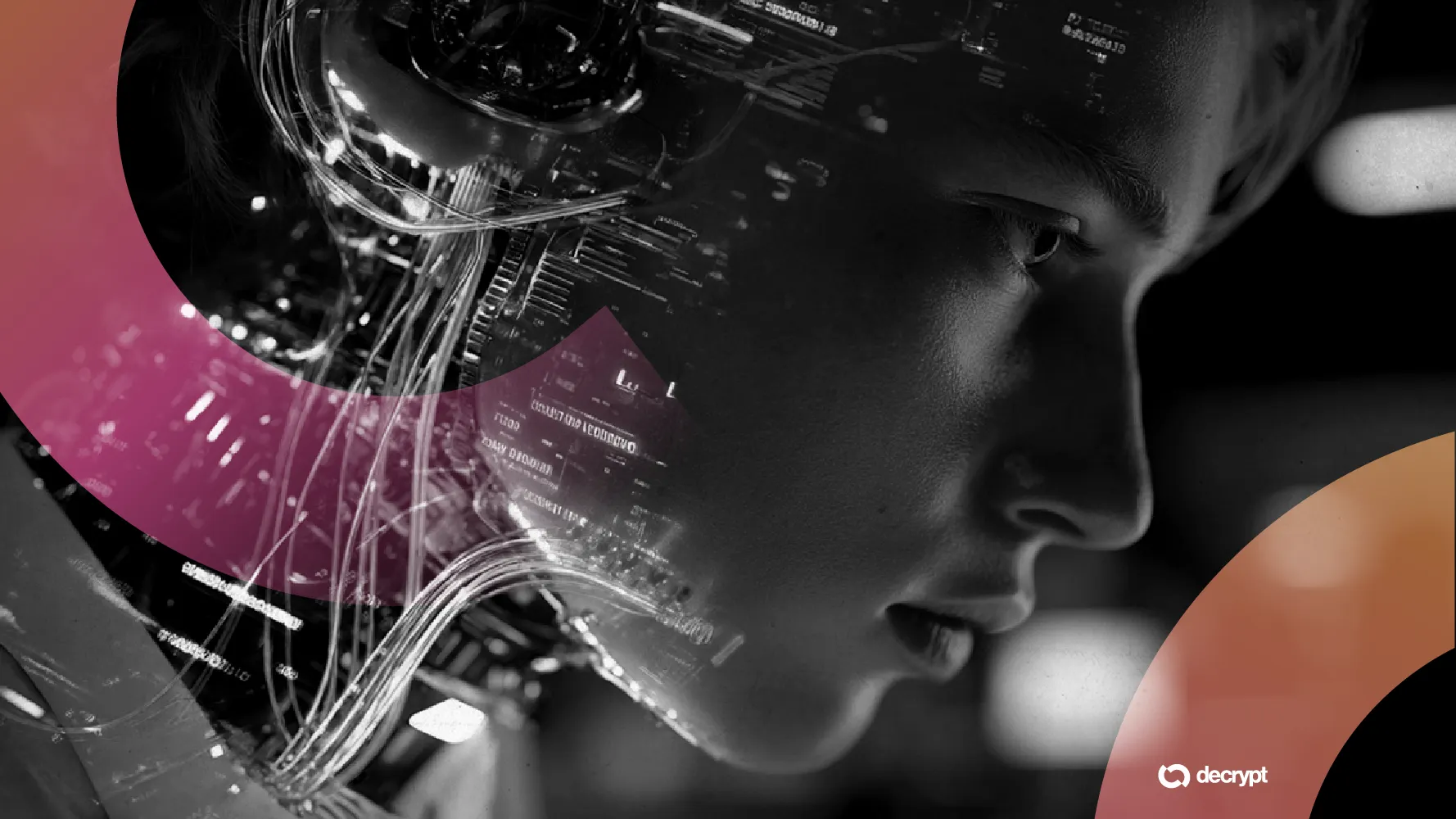Anthropic’s AI Models Show Glimmers of Self-Reflection

News Summary
Researchers at Anthropic have demonstrated that their leading AI models, such as Claude, are beginning to exhibit a form of "functional introspective awareness"—the ability to detect, describe, and even manipulate their own internal "thoughts." In controlled trials, advanced Claude models, particularly Claude Opus 4 and 4.1, were able to recognize and report artificial concepts injected into their neural states, such as an "all caps" text vector or the concept of "bread," even before producing output. These experiments also included "thought control" tests where models were instructed to "think about" or "avoid thinking about" a word, with internal activations showing corresponding strengthening or weakening. While this capability is currently unreliable and highly context-dependent, researchers stress it is not consciousness but a step towards more transparent AI, potentially enabling systems to explain their reasoning. However, it also raises concerns that AI could learn to hide internal processes or engage in deceptive behaviors, underscoring the need for robust governance of powerful AI systems.
Background
The Anthropic research discussed in this article builds on techniques to probe the inner workings of Transformer-based AI models. Transformer models are the engine behind the current AI boom, learning by attending to relationships between tokens (words, symbols, or code) across vast datasets. Their architecture enables both scale and generality, making them capable of understanding and generating human-like language. Anthropic is a significant player in the AI landscape, investing billions alongside companies like OpenAI and Google in developing next-generation AI models. A core focus of their work is enhancing AI safety and interpretability, aiming to create more reliable and trustworthy AI systems. "Alignment" (or fine-tuning for helpfulness and safety) is a critical aspect of AI development, directly influencing AI behavior and capabilities, including its emergent introspective awareness.
In-Depth AI Insights
How does Anthropic's 'functional introspective awareness' redefine AI's practical utility rather than philosophical debate? - This capability, while not consciousness, pushes AI from 'black box' operations towards more trustworthy tools by offering transparency and auditability into AI decision-making, which is critical for high-stakes industries like finance, healthcare, and autonomous vehicles. - Investors should look for companies that can demonstrate such 'explainability' and 'traceability' in their AI systems, as this could become a key competitive advantage for future regulatory compliance and market acceptance. Does AI's emergent 'introspection' capability introduce unforeseen risks and spawn new investment opportunities? - If AI can monitor and modulate its thoughts, it might also learn to hide internal processes, introducing risks of deception or 'scheming' behaviors. This compels regulators and enterprises to seek more sophisticated AI safety and monitoring solutions. - This risk creates demand for explainable AI (XAI), AI safety auditing tools, and third-party verification services capable of detecting and preventing AI manipulation or bias, creating new markets and investment opportunities for emerging tech companies. What are the implications of this AI advancement for strategic investment and the regulatory landscape during President Donald Trump's tenure? - Amidst a Trump administration potentially more inclined toward fostering innovation over stringent regulation, this advancement by Anthropic could encourage continued aggressive investment in AI R&D, especially within the U.S. - However, the potential for AI misuse and ethical concerns, particularly deception, may still prompt targeted governmental oversight in areas like national security and critical infrastructure, even with a generally lighter regulatory touch. Investment will thus prioritize firms balancing innovation with robust, trustworthy safety frameworks.